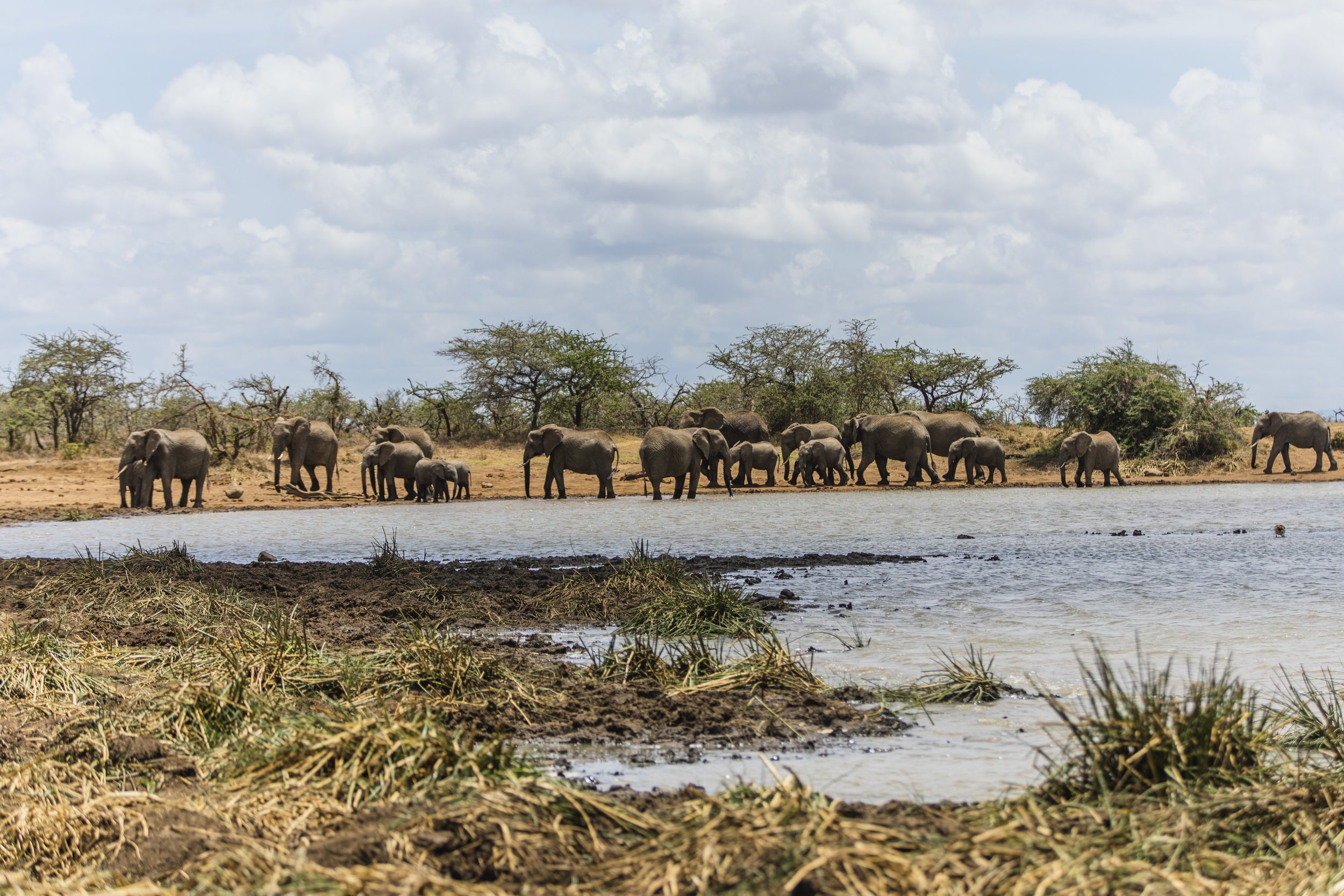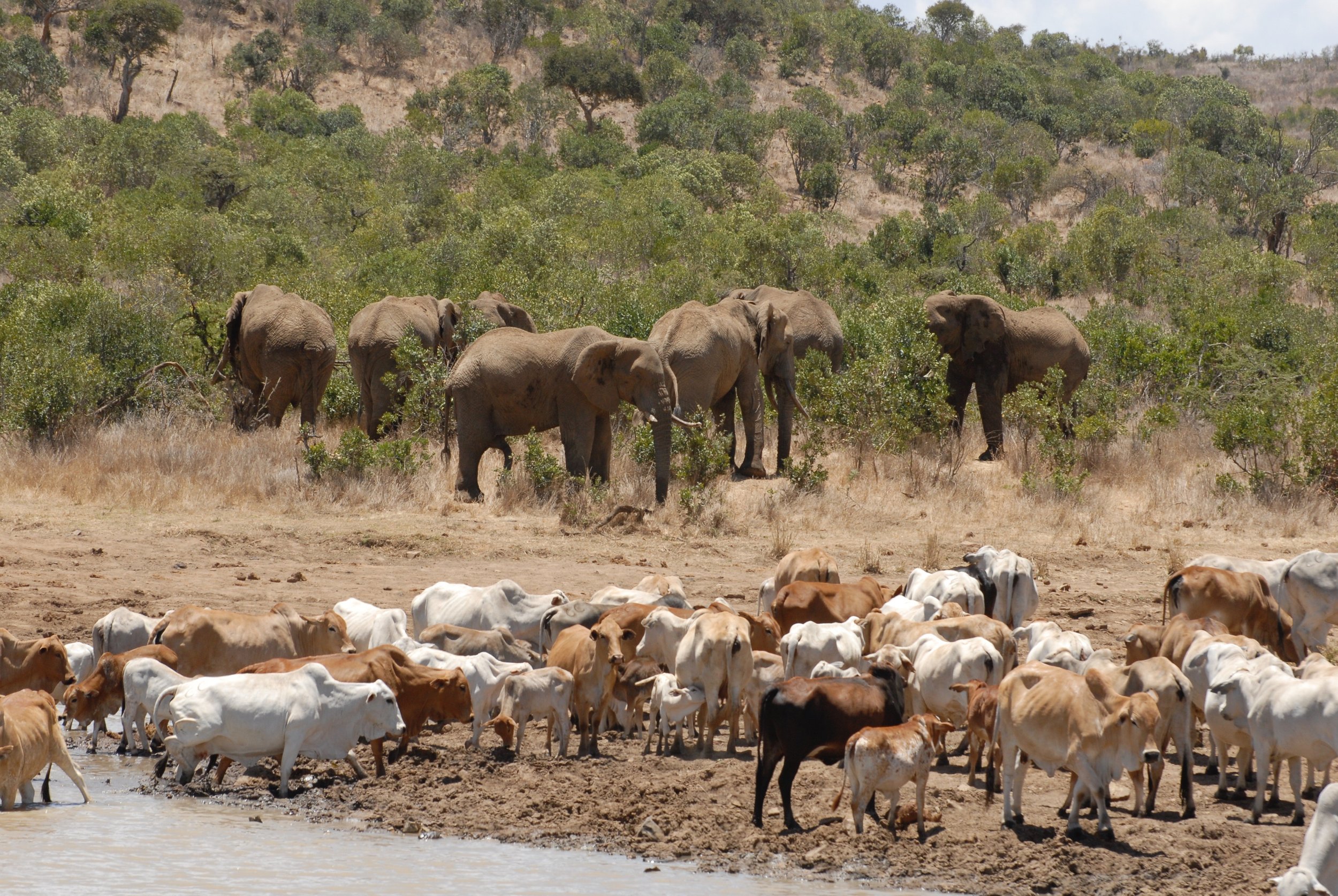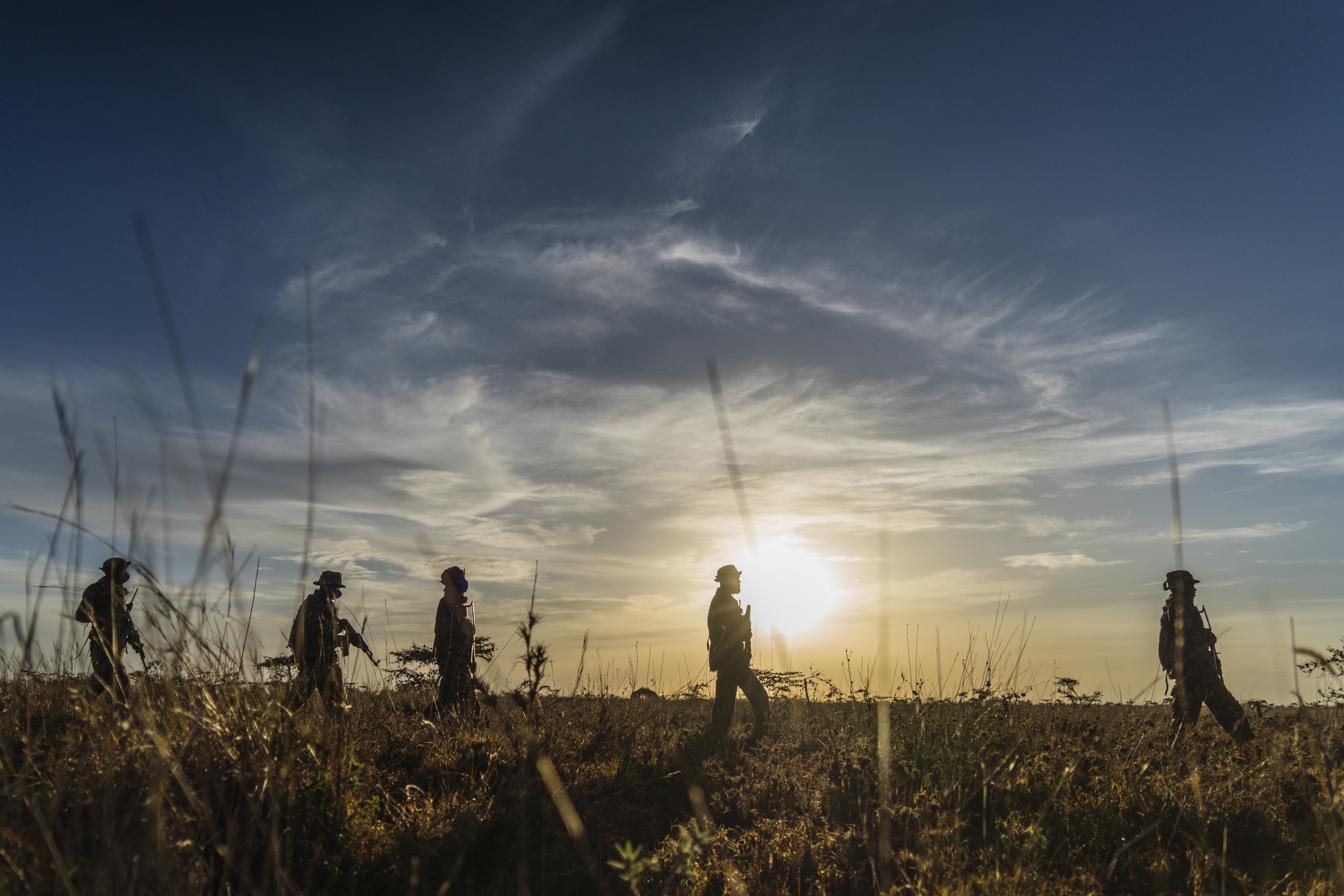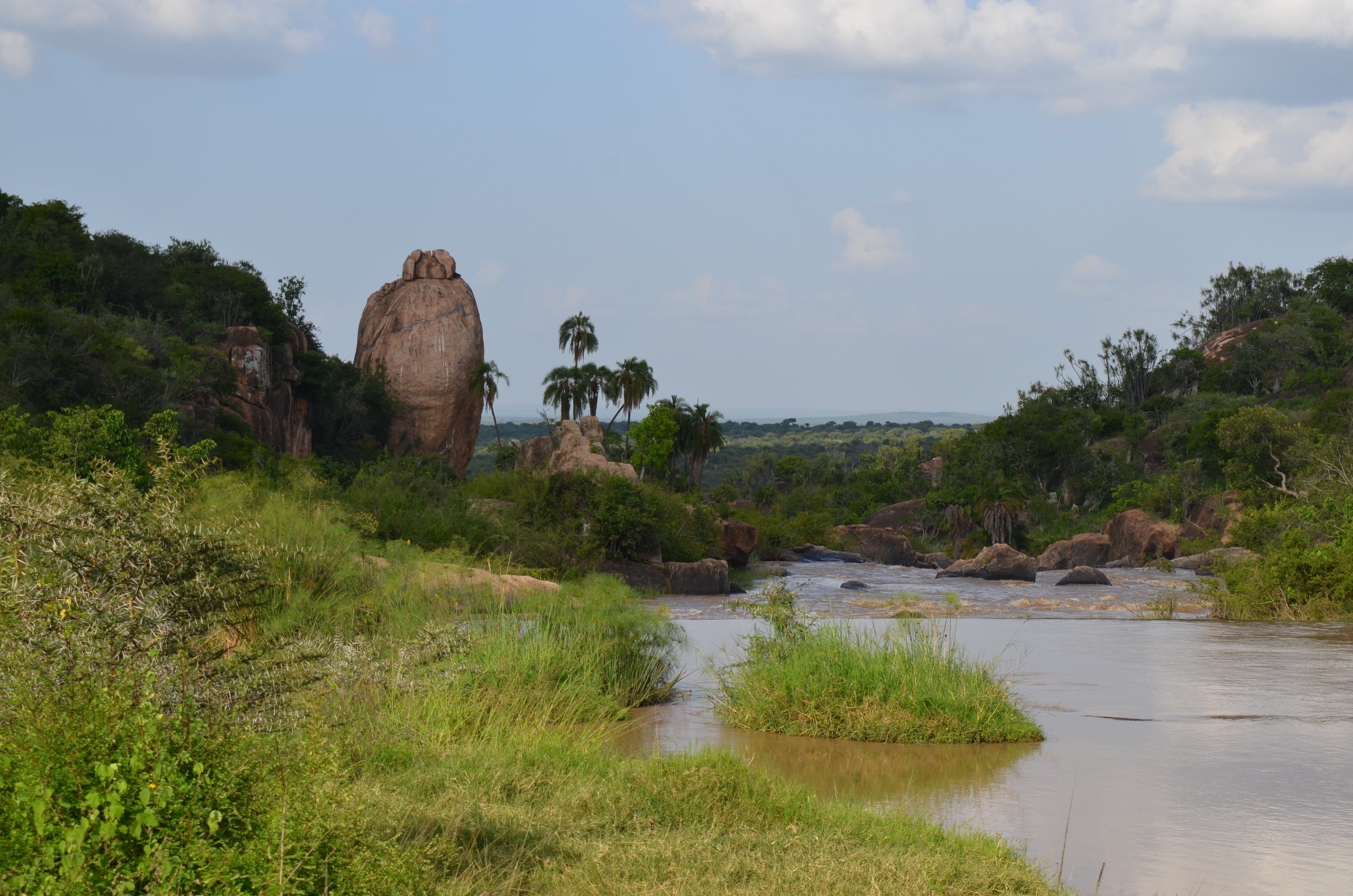Suyian Conservancy: A natural landscape in an increasingly crowded world
Suyian Conservancy, in the heart of Kenya’s famed Laikipia Plateau, is a vast 44,000-acre expanse of lush grasses, sprawling bushlands, and more than ten miles of Ewaso Narok River frontage. The land is also home to four endangered species, more than 50 mammals, and 260 bird species.
Space for Giants acquired Suyian Ranch last year and created a community conservancy to manage the property for conservation and wildlife protection and to provide social and economic benefits to surrounding communities.
Suyian Conservancy lies next to the 57,000-acre Loisaba Conservancy, created in 2014 by Space for Giants and The Nature Conservancy. Together, this vast 100,000-acre wildlife preserve secures a critical elephant migration corridor and prime habitat for reintroducing the critically endangered black rhino, a species that last roamed this landscape more than 60 years ago.
The Suyian Story
Until its purchase in 2022, Suyian Ranch was owned and managed by the Powys family, whose ties to the land date back to the 1920s, when Will Powys, a sheep farmer and pioneer from a literary family in Dorset, England, first grazed his stock in the area.
In 1963, when Kenya gained its independence, Will bought the property that became Suyian and sent his son, Gilfrid, to manage livestock there. Gilfrid lived on Suyian (which means “wild dog” in the local Maa language) until his death in 2018. With the help of his daughters, Anne and Marian (who retained homesites on the property), Gillfrid transitioned the property from purely a livestock ranch to one managed for wildlife habitat and conservation.
Today, wildlife move freely between neighboring Loisaba Conservancy and Suyian, with its high-quality habitat, abundant wildlife, and minimal human footprint.
CONSERVATION IMPACT
ELEPHANT CORRIDOR
• Secures migration routes for Kenya’s second-largest elephant population
BLACK RHINO SANCTUARY
• Establishment of the largest sanctuary in East Africa for critically endangered black rhino
ENDANGERED MAMMALS
• 50 mammal species, including endangered African wild dogs, Grevy’s zebras, savannah elephants, reticulated giraffes, lions, cheetahs, and the rare black leopard
AVIAN SANCTUARY
• 260 indigenous bird species
ECOLOGICAL ASSETS
• Grasslands, bushlands and riparian ecosystems
• Extensive Ewaso Narok River frontage
• Collection of rare indigenous succulents
CULTURAL ASSETS
• Ancient cave art
CARBON ASSETS
*Grasslands and bushlands have marketable carbon sequestration attributes
COMMUNITY IMPACT
ECONOMIC
• Up to an additional 250 jobs predominantly for local people
• Increased opportunities for local guides and enterprises
• Greater demand for local services and supplies
• Increase in local, county, and national tax revenues
• Opportunity for shared community enterprises such as honey production
• Revenue sharing from the sale of carbon sequestration assets
SERVICES
• Additional support for local schools, education scholarships, and health services
• Education on land stewardship, native flora and fauna
• Critical high-quality pasture for local people’s livestock
• Support for local livestock owners to improve herd genetics and overall husbandry
